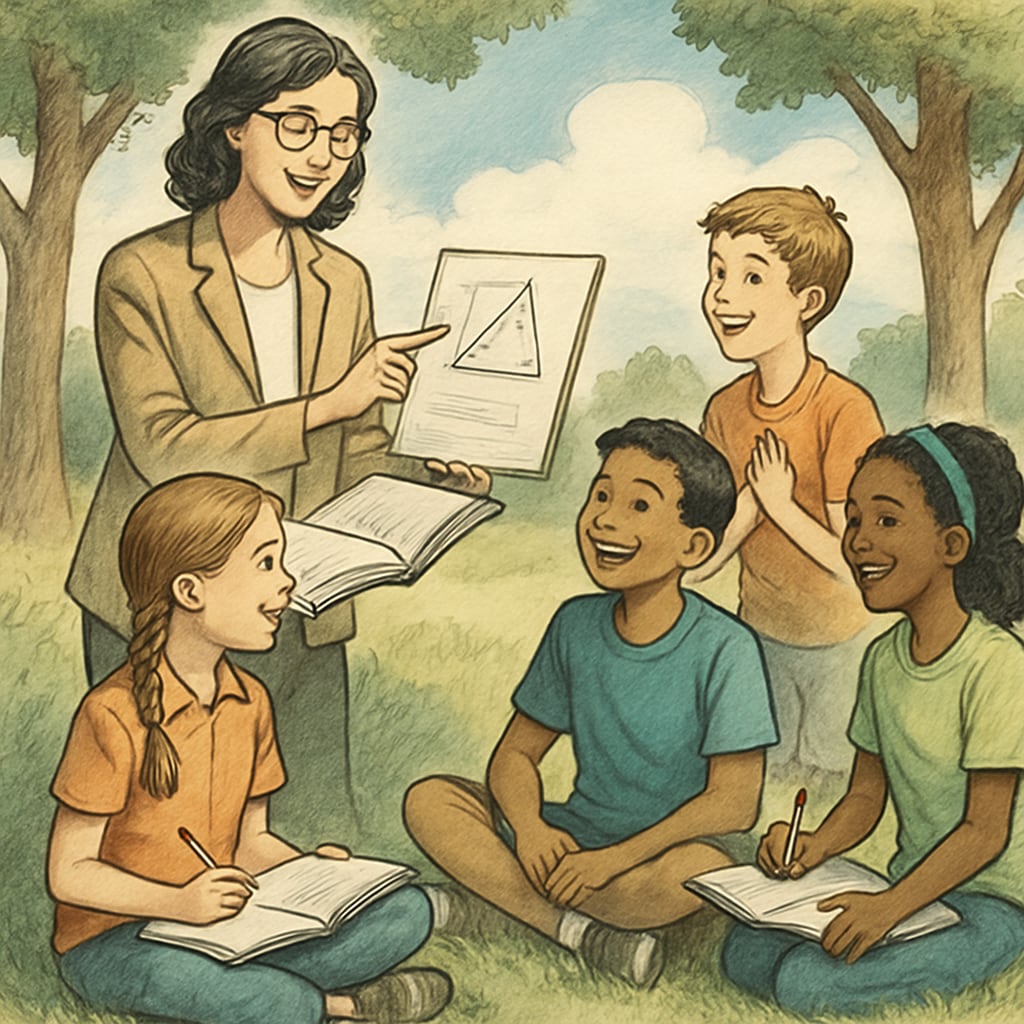The traditional school calendar with its long summer break has been a staple for decades, yet it often leads to a well-documented phenomenon known as the “summer slide.” Year-round schooling, a system that alternates shorter terms of learning with frequent breaks, offers a promising solution. By addressing knowledge retention and providing a balanced structure, this innovative approach could reshape education for students, teachers, and families alike.
The Summer Slide: A Barrier to Learning Retention
For many students, the extended summer vacation comes with an unfortunate side effect: forgetting what they’ve learned. Research consistently shows that students lose significant knowledge in subjects like math and reading over the summer months. According to a Britannica article on summer learning loss, this effect is particularly pronounced in underprivileged communities, where access to educational resources during the summer is limited.
Year-round schooling could mitigate this issue by shortening the intervals between academic sessions. Instead of a single lengthy break, students experience multiple shorter vacations, reducing the time available for knowledge to decay. As a result, their ability to retain and apply learned material improves.

Structuring Year-Round Schooling for Balance
One of the misconceptions about year-round schooling is that it eliminates breaks altogether. In reality, this system often follows a “45-15” or “60-20” model—students attend school for a few weeks and then enjoy a short break. This structure provides consistent intervals for rest and rejuvenation, benefiting both students and teachers.
Furthermore, this system allows for greater flexibility in family planning. Parents no longer have to manage childcare for a long summer break, and teachers avoid burnout by having more frequent opportunities to recharge. A study published by Wikipedia on year-round school suggests that this balance can enhance overall satisfaction with the school experience.

Benefits Beyond Knowledge Retention
Year-round schooling doesn’t just combat the summer slide; it also fosters a healthier approach to education. Here are some additional benefits:
- Improved focus: Frequent breaks help students stay engaged and prevent burnout.
- Smaller class sizes: Some year-round schedules allow schools to stagger attendance, reducing overcrowding.
- Consistent routines: Regular academic engagement helps students develop discipline and time management skills.
In addition, schools can use the intersessions—those short breaks between terms—for enrichment programs or remedial classes, ensuring that all students have opportunities to excel.
Challenges and Considerations
While year-round schooling offers numerous advantages, it is not without challenges. Transitioning from a traditional calendar can be complex and may require adjustments in transportation, extracurricular activities, and family schedules. Moreover, some stakeholders question the cost-effectiveness of running schools year-round.
However, many of these challenges can be addressed with proper planning and community involvement. For example, schools can collaborate with local organizations to provide affordable childcare options during breaks, ensuring that families are well-supported.
As more schools experiment with this model, the evidence increasingly suggests that the benefits outweigh the drawbacks, particularly in terms of learning retention and overall student well-being.
Readability guidance: This article uses short paragraphs and lists to present information clearly. Transition words such as “however,” “therefore,” and “in addition” are employed to ensure smooth flow. Passive voice and long sentences are minimized to enhance readability.


